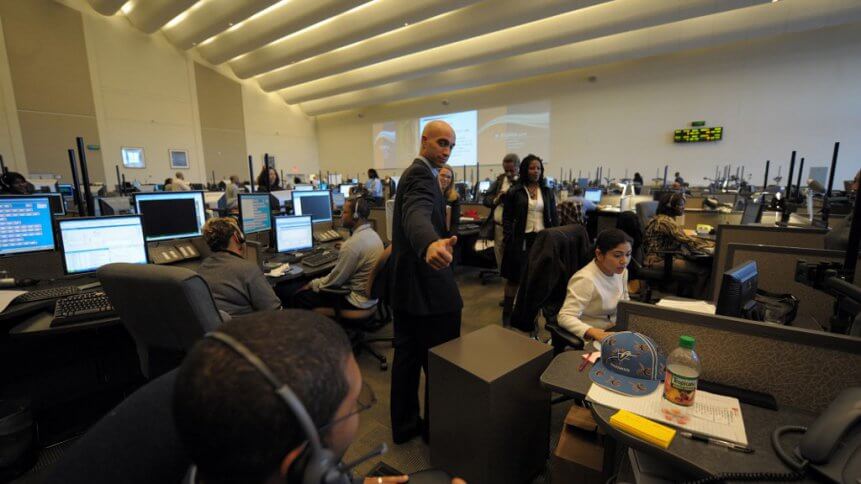Transitioning customer service to the gig economy

The emergence of smartphone apps and online marketplaces have given rise to what has become known as the ‘gig economy’. Independent workers are hired for short-term projects or ad-hoc jobs, usually as independent contractors or freelancers.
Nowadays, these ‘gigs’ have come to be associated with the real-time delivery of goods or services, especially through digital mediums like Fiverr, Uber and Upwork which went into serious overdrive during the pandemic. The gig economy has exploded in popularity since then, and the Everest Group estimates that US gig work will surpass the permanent workforce by 2027, growing 40% by 2027 to reach 86 million gig workers.
The economic challenges and supply chain breakdowns over the past year has seen many businesses relying on the gig economy in order to scale their customer support and sales services quicker, while slashing their fixed cost overheads. Meanwhile, physical customer service operations were hampered during the pandemic and customer care agents forced to quickly revert to remotely fielding customer queries, which were skyrocketing during the crisis.
Harvard Business Review reported that businesses dealt with more than double the number of “difficult” customer service calls in the early days of the pandemic. With a surplus of customer contact calls pressuring brands, many customer requests ended up unprocessed, or on hold on the phone for hours on end.
A survey by Aberdeen found that only 14% of contact centers admitted to having remote work capabilities in place prior to the pandemic, but that estimation shot up to 52% by June 2020. With remote working on the rise, businesses were adopting gig economy workers to fill the customer service void that was under tremendous strain at the time.
Customer service models are changing, especially with digital marketplaces such as Upwork and Fiverr providing innovative work opportunities for freelancers. Leveraging freelance customer service workers is an efficient way to ensure that fluctuating call volumes can be met by scaling customer service staff according to need.
The flexibility of hiring freelance call agents can allow gig economy operators to work for multiple companies and according to their own schedule, while companies can avoid the high turnover of fulltime agents by slotting in gig workers during peak hours, improving response times and increasing customer engagement rates – avoiding the burnout of full-time contact center staff.
YOU MIGHT LIKE

Customer service tech is paying off for brands
Artificial intelligence (AI) is playing a deeper role for many gig platforms, such as helping to build out customer review and rating mechanisms that can boost sales even further. AI can detect low-value customer inquiries and direct those to temporary gig economy staff, leaving the higher value inquiries for full-time agents with more expertise. AI-based routing can pass a customer’s inquiry to the best possible agent based on skills and expertise, and the agent’s responses can help inform the AI engine and improve its learning over time.









